Time to bring it into your IRL makeup routine!
The Color Correcting Cheat Sheet You Can Actually Understand
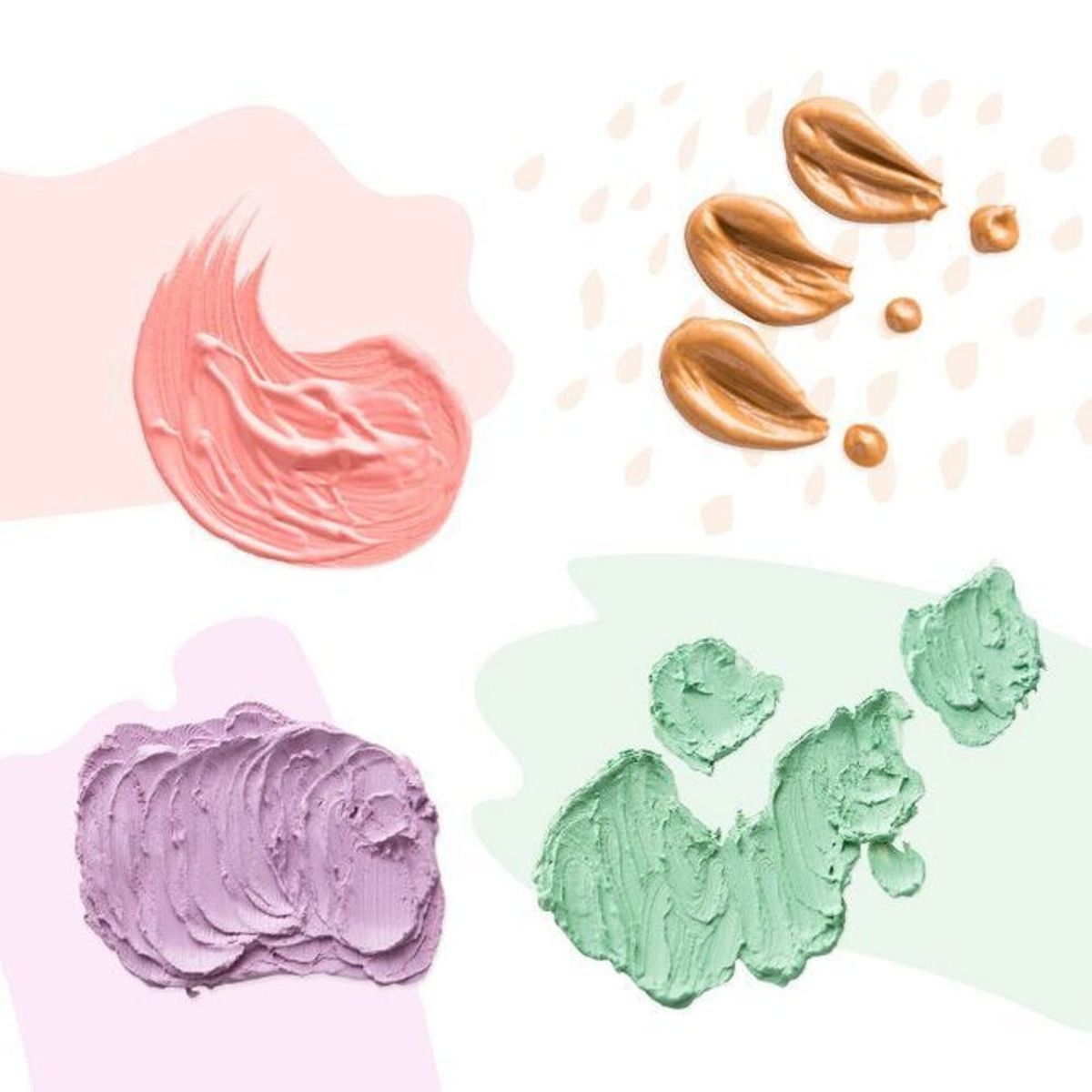
Whether you’re a beauty newbie or a makeup pro, some dark corners of the industry can feel a little mysterious to everyone, and color-correcting (AKA “clown contouring“) products fall squarely into that category. I searched the web high and low for as many color-correcting guides, infographics and smart sources I could find, then cross-referenced that info with my own experience and knowledge. I noticed that most of these guides had the same approach of diving right into color theory, telling you that purple will neutralize yellow, or that pink offsets yellow and green — which can be a bit confusing.
My approach is a little different, focusing on the beauty concerns themselves, and hopefully a little more relatable for those who may be new to the ins and outs of color correcting.
The Ultimate Color Correcting Cheat Sheet

Let’s Dive in a Little Further
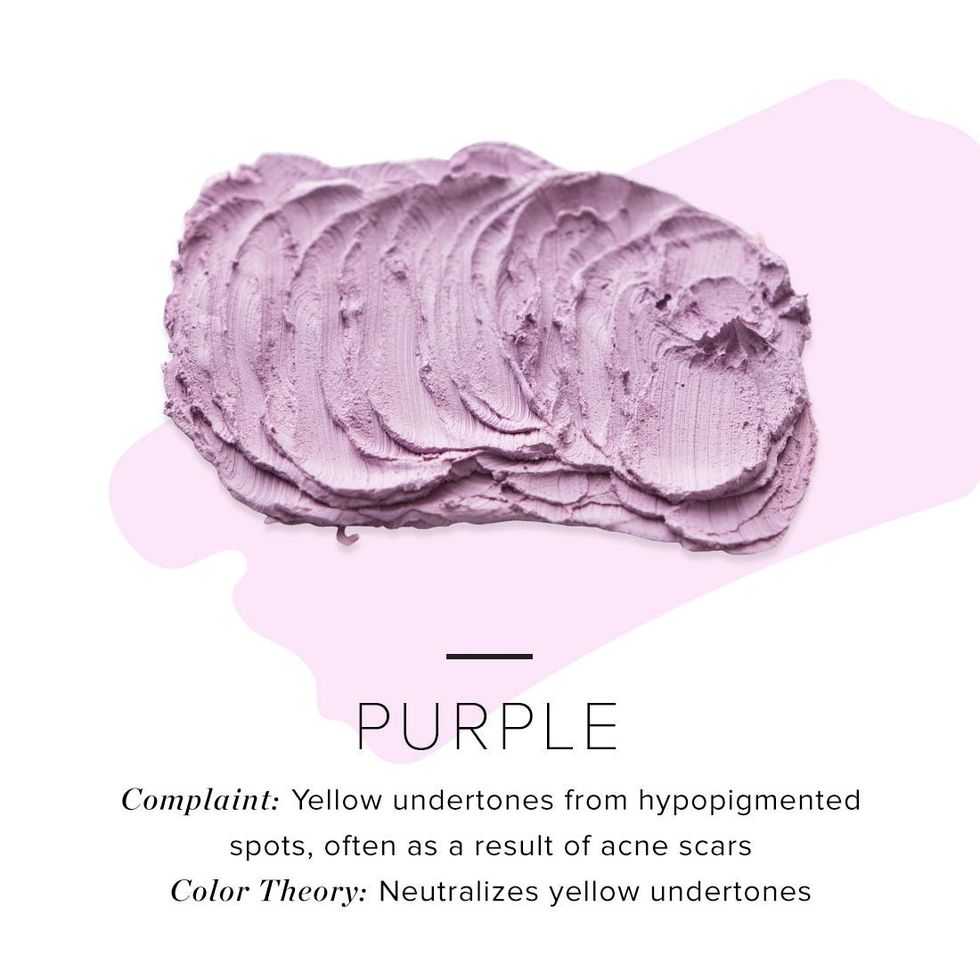
The most common cause of hypopigmentation (the loss of skin color) is acne scars, but it can also result from a variety of other problems such as melanin depletion or trauma to your skin like scars, burns or infections. Purple can also be applied to fair skin tones to brighten the complexion overall.
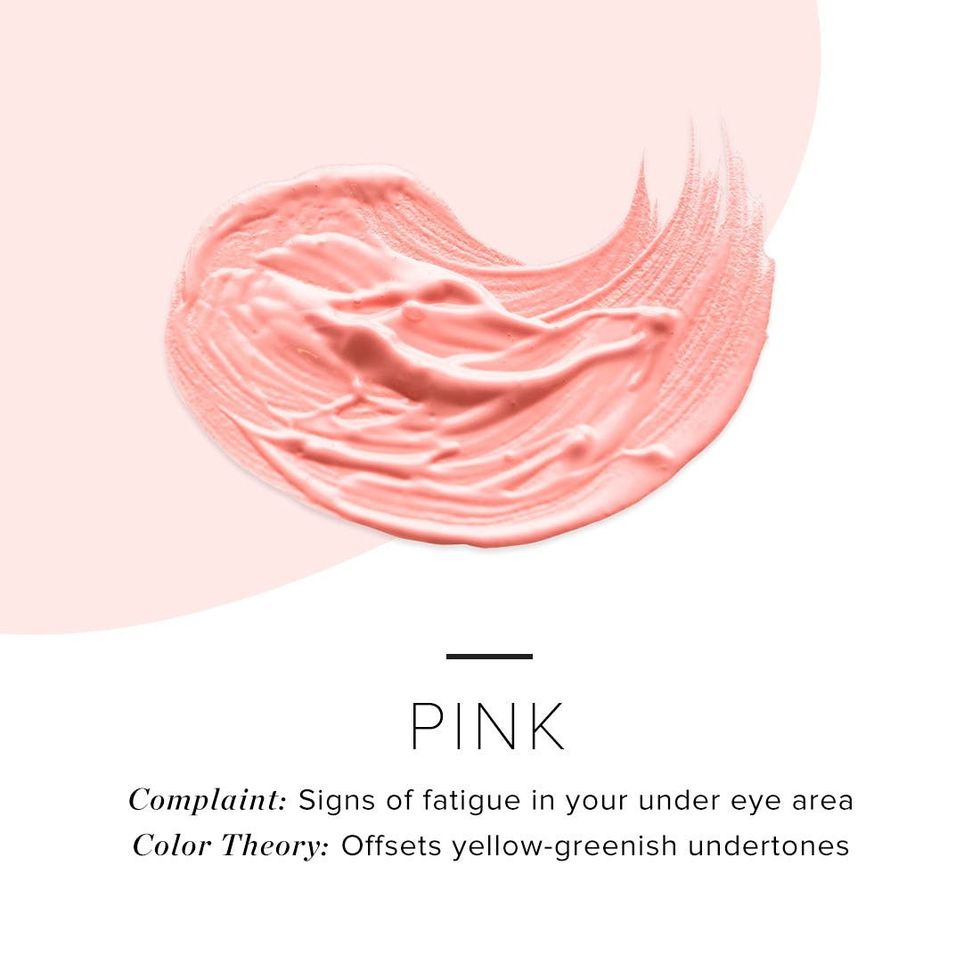
We’ve all experienced sleepless nights and periods of stress, or our diet could be in the drain (maybe because of the sleeplessness and the stress). Regardless, those dark circles that appear in our under-eye area can be tough to conceal with your everyday products. This is when you’d bust out a pastel pink cream to brighten those bruise-like shadows.
<em>wants </em>
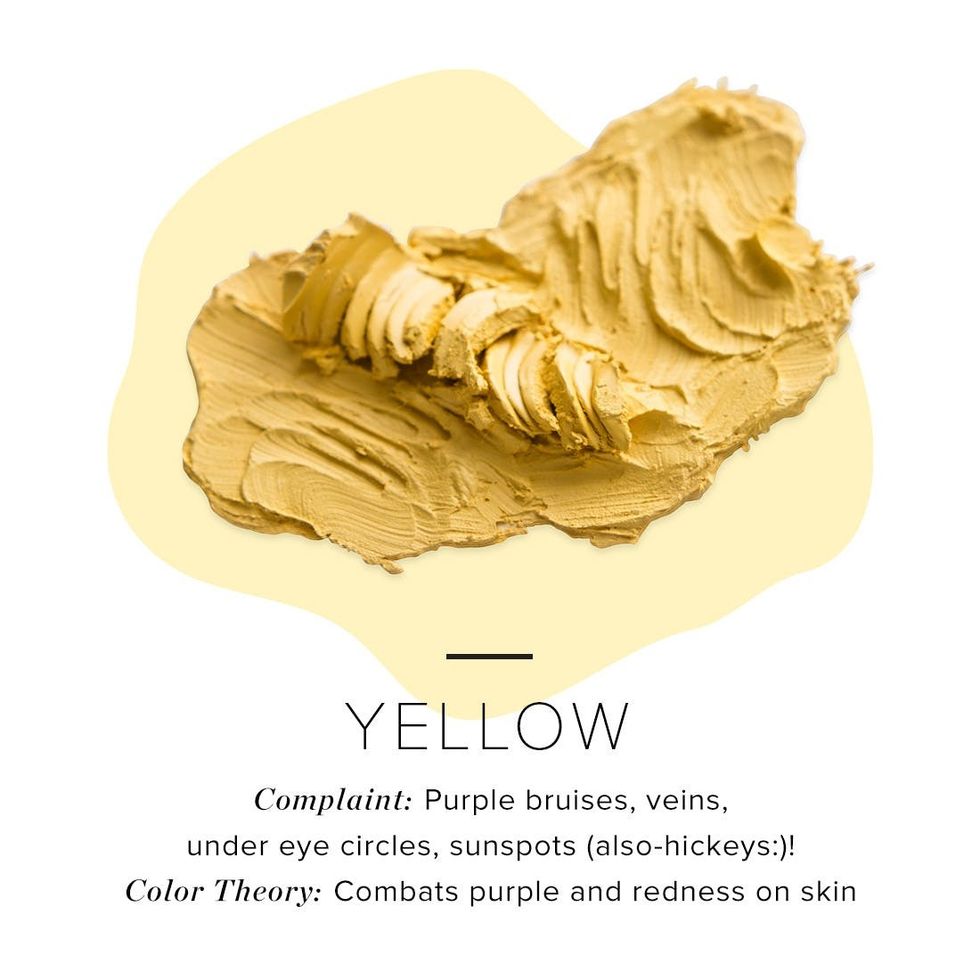 it happens, yo! Fear not — ditch your excuse of the curling iron run-in and immediately grab a yellow pigmented product that will act as your first line of defense in the battle of hiding that hickey. Tap the product into your skin and then gently cover that with your normal concealer and/or foundation with the same tapping motion so you don’t rub off the layer of yellow goodness.
it happens, yo! Fear not — ditch your excuse of the curling iron run-in and immediately grab a yellow pigmented product that will act as your first line of defense in the battle of hiding that hickey. Tap the product into your skin and then gently cover that with your normal concealer and/or foundation with the same tapping motion so you don’t rub off the layer of yellow goodness.
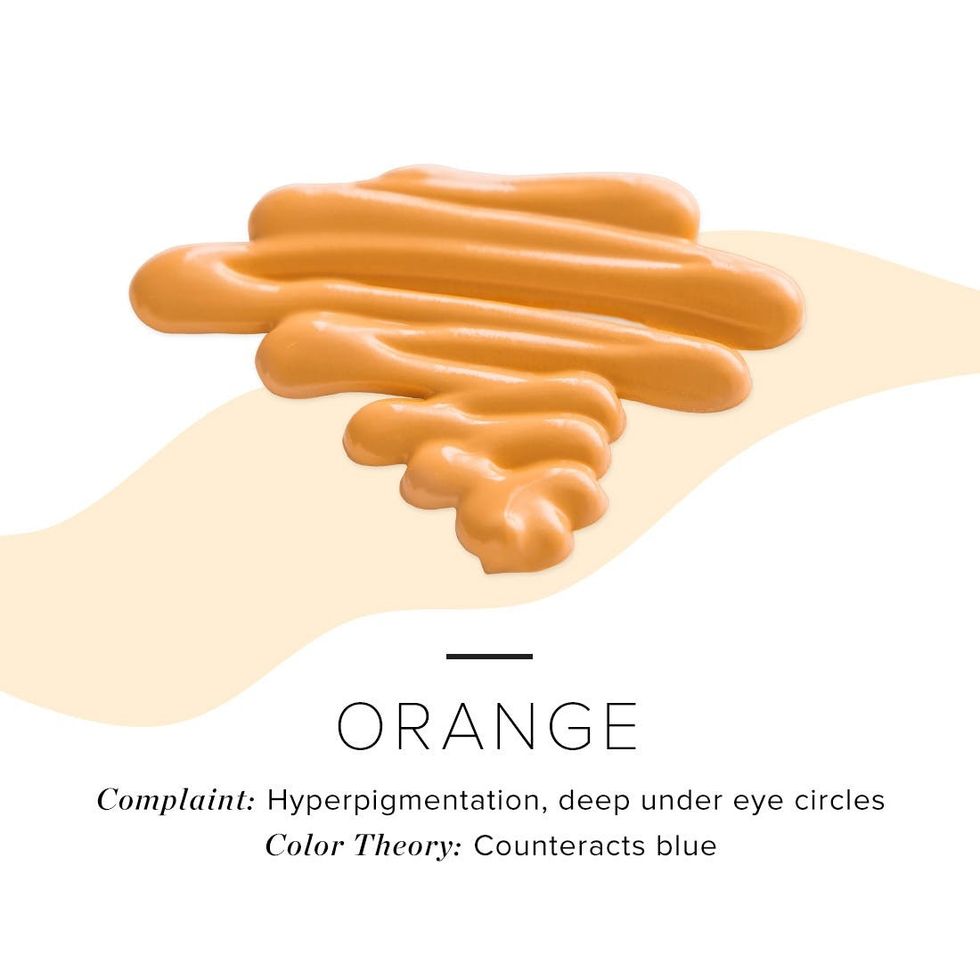
Orange is typically a go-to color for ladies with darker skin tones. The orangey undertone will help to brighten under-eye circles for those deeper complexions.
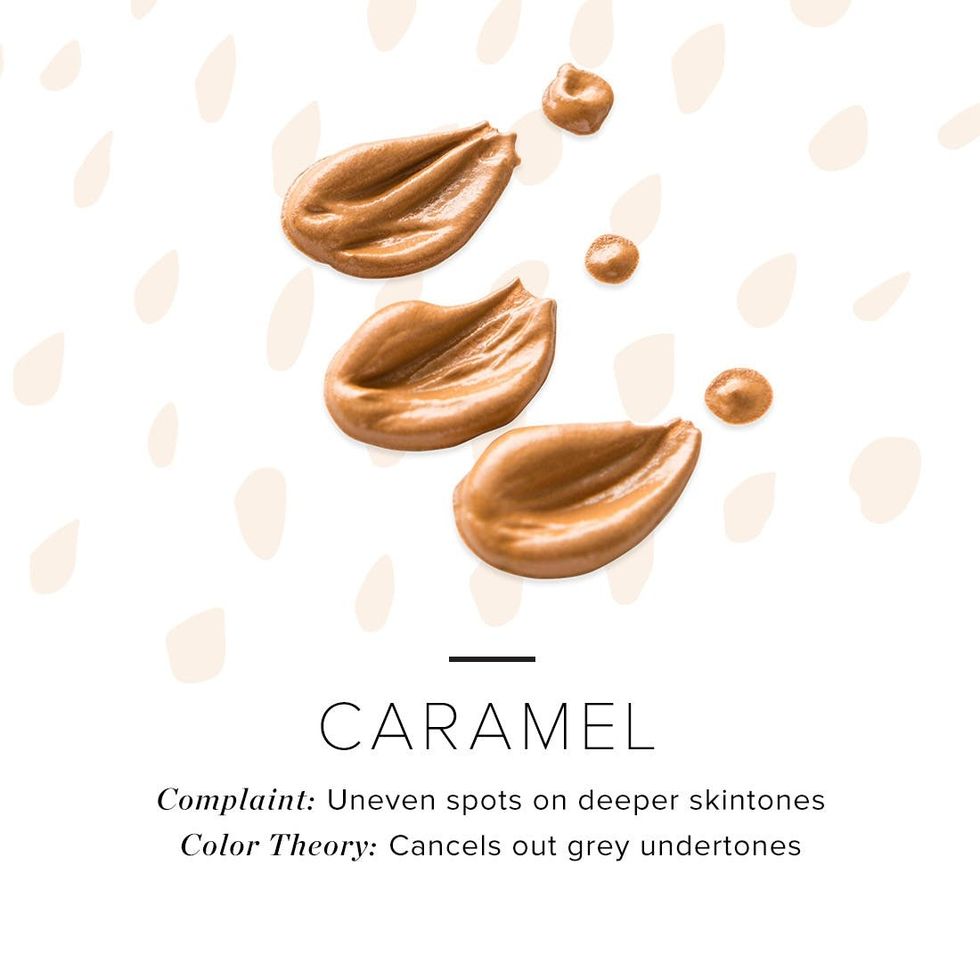
Another hue that works best on deeper skin tones is caramel. Compared to orange, this is a more subtle way of approaching an all-over dullness, much like using a light purple complements fair complexions.
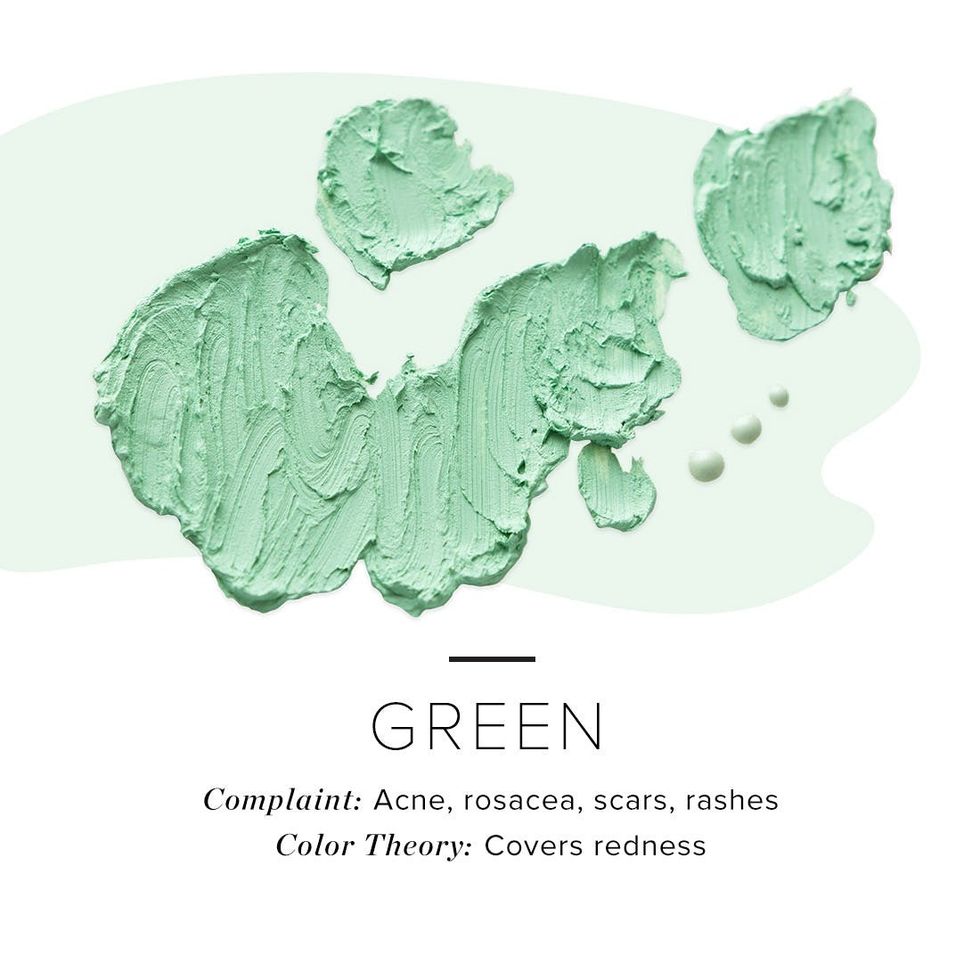
Green tends to be the most well known and universal color-correcting goodie! Green works on most skin tones to correct redness.



















